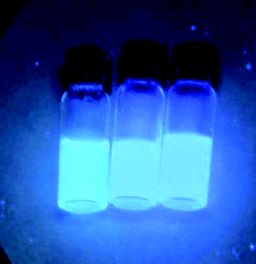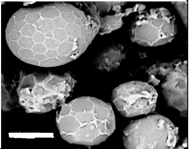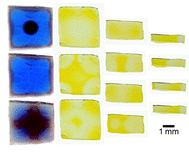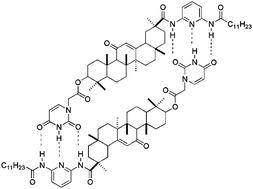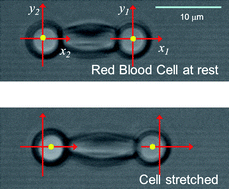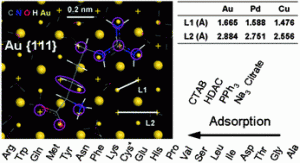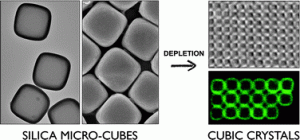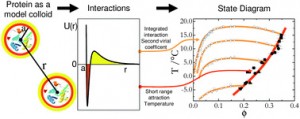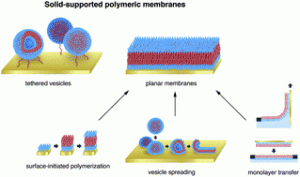A new low molecular weight gelator forms metallogels in the presence of Ag salts. Photoreduction of the salt under UV irradiation then results in the CONTROLLED synthesis of silver nanoparticles.
Mot interestingly, the gels exhibited complex and surprising rheological behaviour depending on the initial concentration of silver salt.
Read for free HERE until March 4, 2011. Marc-Oliver M. Piepenbrock, Nigel Clarke and Jonathan W. Steed, Soft Matter, 2011, Advance Article, DOI: 10.1039/C0SM00647E, Paper


